When the first skin and a drawing of the Duck Billed
Platypus were sent to Sir Joseph Banks, in London in 1798, from Australia (or New
Holland, as it was then called), he passed them on to George Shaw, who provided
the earliest description in the Naturalist’s Miscellany (1799). Shaw was
assistant keeper at the Natural History Museum, and he and other prominent
naturalists had understandable doubts about its authenticity. You cannot help
but sympathise, as nothing remotely like this creature had been seen in Europe
before.
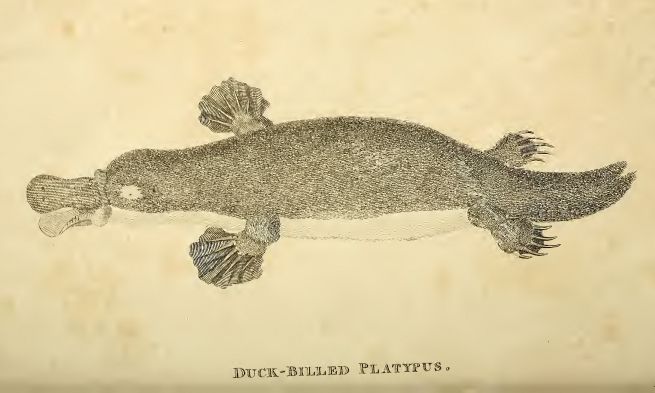 |
| George Shaw's first illustration of the Platypus - 1799 |
It looks for all the world like an otter with a duck’s beak sewn onto
its snout, a beaver’s tail tacked onto its rear end and with a couple of spurs
added to its back legs, just for good measure. The London naturalists, including
Robert Knox (later implicated in the Burke and Hare scandal), were right to be
cautious and Shaw carefully examined the pelt, looking for surreptitious
stitching by some crafty oriental hoaxster, but he found nothing untoward.
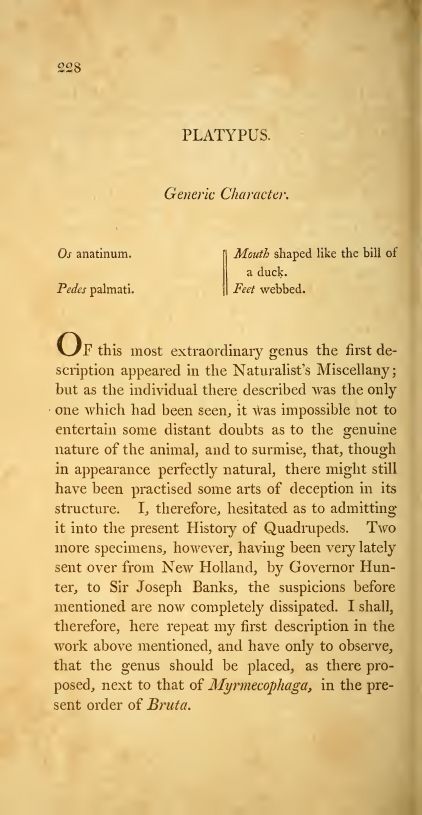 |
| George Shaw - Platypus - General Zoology Vol 1 Pt 1 - 1800 - Shaw's account of doubts about the Platypus |
When
Captain John Hunter, Governor of New South Wales, supplied two further
specimens, Shaw’s suspicions abated and he gave the new discovery the
scientific name Platypus Anatinus but this was soon changed when it was
realised that the name was already applied to the Platypodinae subfamily
of weevils, with the mammal receiving instead the name Ornithorhynchus
Anatinus (from Greek ορνιθόρυγχος ornithorhykhus – ‘bird nosed’
and Latin anatinus – ‘duck-like’) – platypus, by the way, means broad-footed,
from the Greek πλατύς platus – ‘broad, flat’ and πούς pous
– ‘foot’ (legend has it that the Greek philosopher Aristocles was given his much more familiar name – Plato
– on account of either his squat physique, his flattened forehead or the wide breadth of his
knowledge, although this is disputed, as Plato was a common-enough name in Athens at the time).
The Greek root of the name could be a
clue to the riddle of the plural name of the platypus –is it platypuses or
simply platypus (following the lead of other animal names, like trout, deer or
sheep)? It can’t be platypi because it’s a Greek rather than a Latin root, so
platypodes would technically be correct, although somewhat overly pedantic, so
platypuses seems to be the sensible solution.
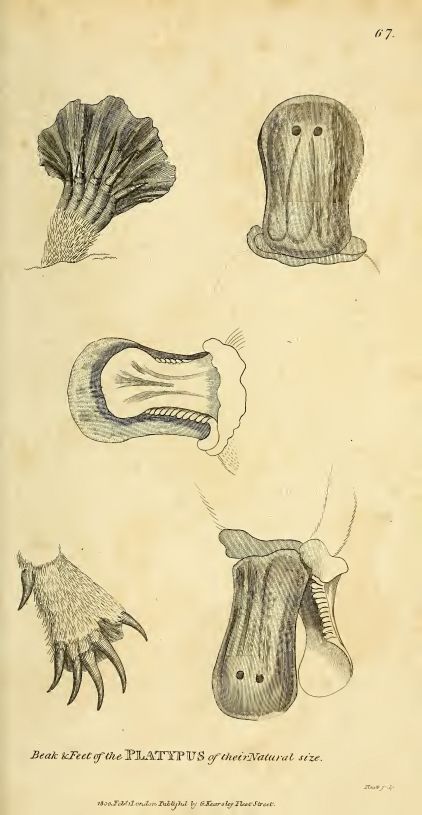 |
| George Shaw - details of Platypus' bill and feet - 1800 |
The platypus is just over a foot
long, with the bill accounting for about one and a half inches, this bill is
covered in soft, sensitive skin and only hardens to a horny consistency when
dried. The thick, soft fur is brown, lightening on the underside, the tail is broad
and flattened, the feet are webbed between the five toes, without pads on the
underside, and furnished with claws.
 |
| Venom Spurs of the Platypus |
The males have venomous spurs on the rear
legs, and if injected into a human, this venom is excruciatingly painful,
although not fatal, and does not respond to morphine-based pain relief. The young
females (like those other monotremes, the echidnas) form small, bud-like spurs
on their legs but these will fall off after about a year, and they also lack
the crural glands that produce the venom in the males.
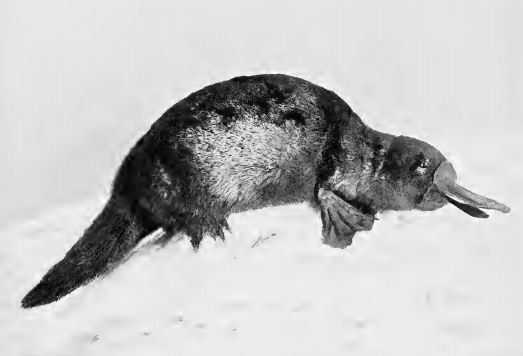 |
| Platypus |
The platypus lives in
rivers and ponds, where it hunts aquatic insects and crustacea by
electroreception and mechanoreception cells in the skin of the bill that,
respectively, pick up electric fields generated by the muscular contractions of
the prey and vibrations by physical movement. It is believed that, apart from
maybe some species of dolphin, platypuses are the only mammals that locate
their prey by using electrolocation and is a marvellous example of evolution in
action.
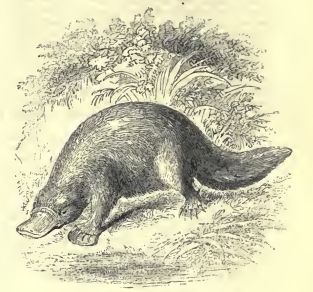 |
| Platypus |
They live and breed in burrows, laying normally between two and four
eggs, which hatch after being incubated by the female for about ten days. As
with echidnas, the platypus lacks teats and the milk is exuded from the skin,
collecting in folds in the skin on the female’s abdomen and from which the
young lap it. The young have three pairs of teeth but these fall away as they
mature and are replaced with cartilaginous pads in the mouths of the adults.
Platypuses are extremely difficult to keep in captivity and there are currently
none kept in zoos outside of Australia.
 |
| An early account of the discovery of the Platypus - Thomas Smith - The Naturalist's Cabinet - 1806 |
As with the echidna, the platypus is
not considered to be at risk at the present time and is listed as of ‘least
concern’ by the International Union for Conservation of Nature (ICUN).
Dydd Gwyl Dewi Hapus.

No comments:
Post a Comment